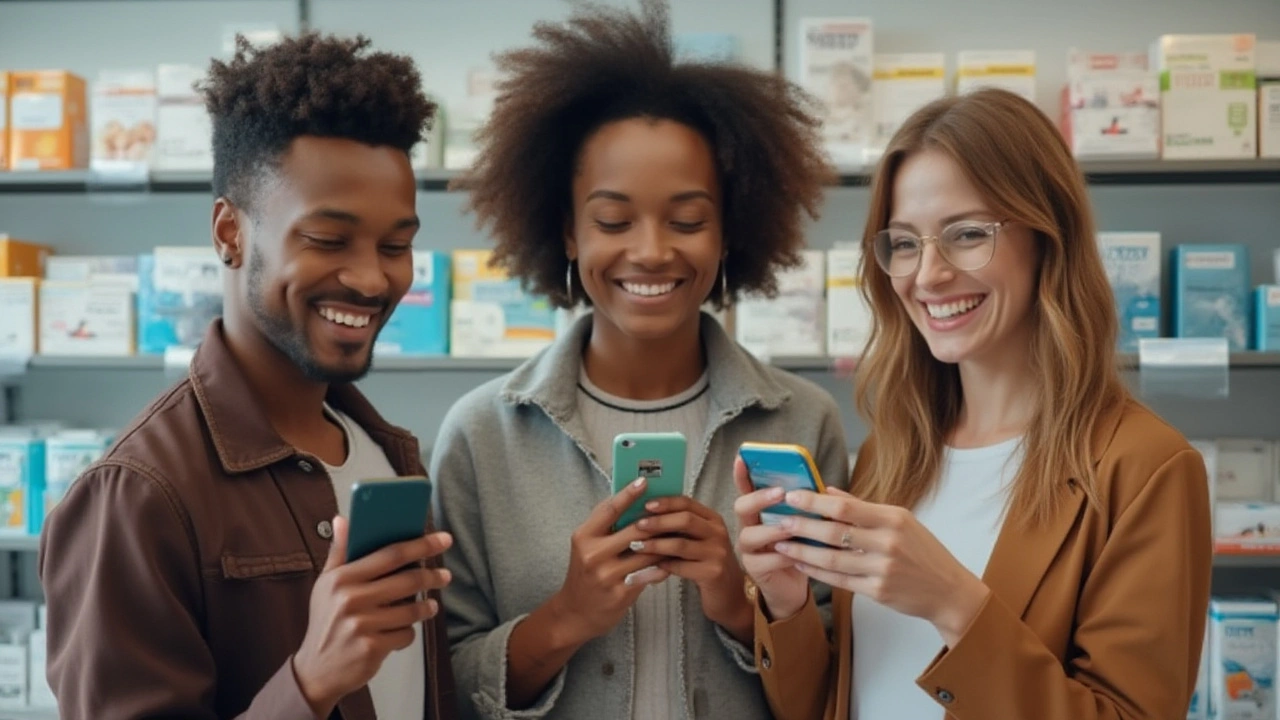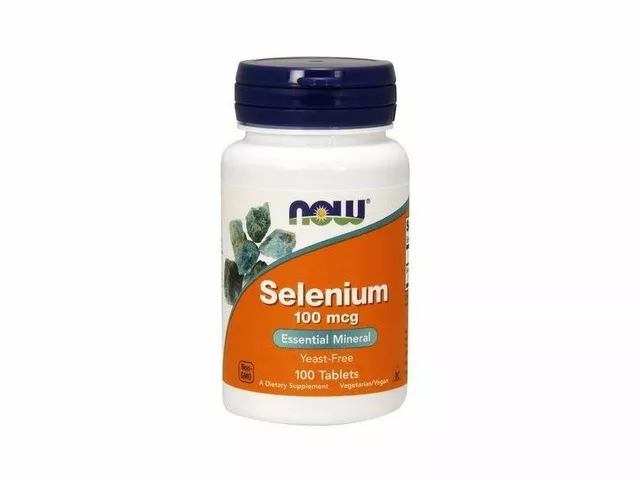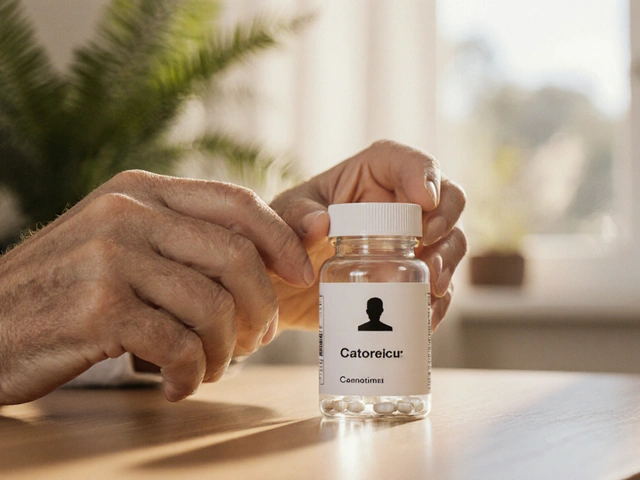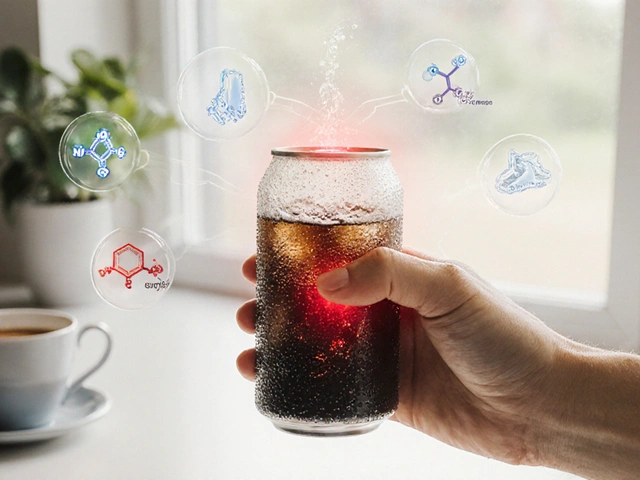Prescription savings: practical tricks to lower your drug bills
High drug costs hit people fast. Want to pay less without risking your health? Below are concrete, easy-to-use steps you can start today. No fluff — just tactics that work and what to watch out for.
Compare prices, use cards, and shop smart
First thing: prices vary a lot between pharmacies and between retail and mail-order. Use a price comparison tool or call a few pharmacies. Ask about a 90-day mail-order supply — that often cuts per-pill cost. Always check both your insurance copay and the cash price; sometimes a coupon or discount card beats your copay.
Pharmacy discount cards and savings apps can slash costs for many drugs. You don’t need to be on a program to use them — print or show the coupon on your phone at checkout. Want bigger savings? Ask the pharmacist whether you can combine a manufacturer coupon with a pharmacy discount card. Policies differ by chain, so confirm before assuming it will work.
Switch smart: generics, alternatives, and assistance
Generics are usually the fastest way to save. Ask your prescriber or pharmacist if a generic or therapeutic alternative will do the same job. If your doctor prefers a brand, request a medical reason for the brand-name prescription — sometimes that opens a path to a cheaper option.
For high-cost meds, check manufacturer patient assistance programs. Many companies offer co-pay cards, savings programs, or free medicine for people who qualify. Your clinic’s social worker or pharmacist can help you apply. If you’re on Medicare, look into Extra Help or state pharmacy assistance programs.
Pill-splitting and dose adjustments also save money, but only when clinically appropriate. If your pill is scored and your doctor approves, splitting a higher-dose tablet can cut costs. Don’t split extended-release or coated pills. Always confirm with a clinician first.
Another route is prior authorization or step therapy conversations. If insurance rejects a drug, ask your prescriber to file an appeal or suggest a covered alternative. A short call from your doctor’s office can change a denied claim into an approved one.
Safety note: buying from unknown foreign sites can be risky. Lower prices from overseas sellers might mean fake or poor-quality drugs. If you consider an international source, verify the pharmacy’s credentials and talk to your pharmacist first.
Small habits add up: ask for generics, compare prices, use coupons, apply for assistance, and keep your pharmacist in the loop. Got a pricey prescription you want help with? Tell your pharmacist or bring the info to your next appointment — they often know the quickest savings tricks you won’t find online.

Curious which drug-savings app actually saves you the most money in 2025? We put SingleCare, GoodRx, and RxSaver to the test—here’s which one comes out on top.
Chris Gore Jul 4, 2025




